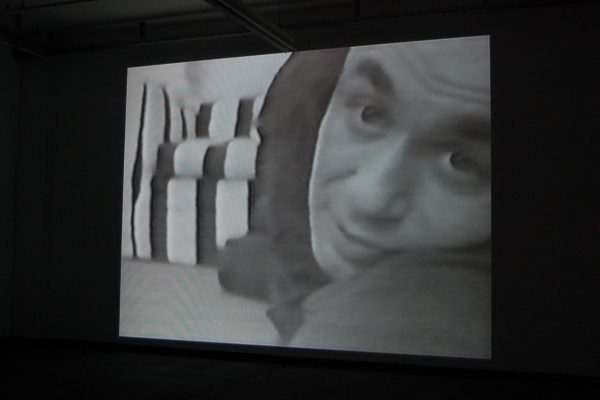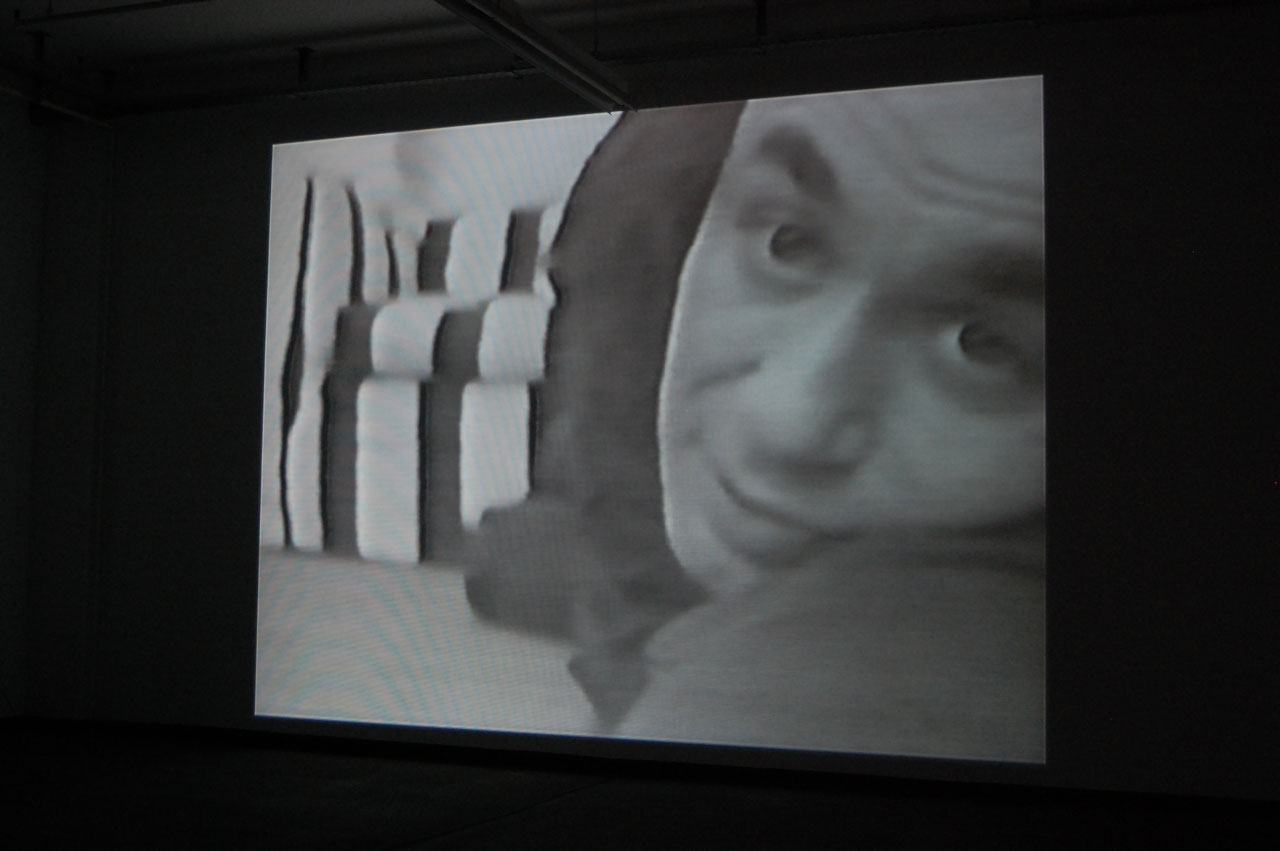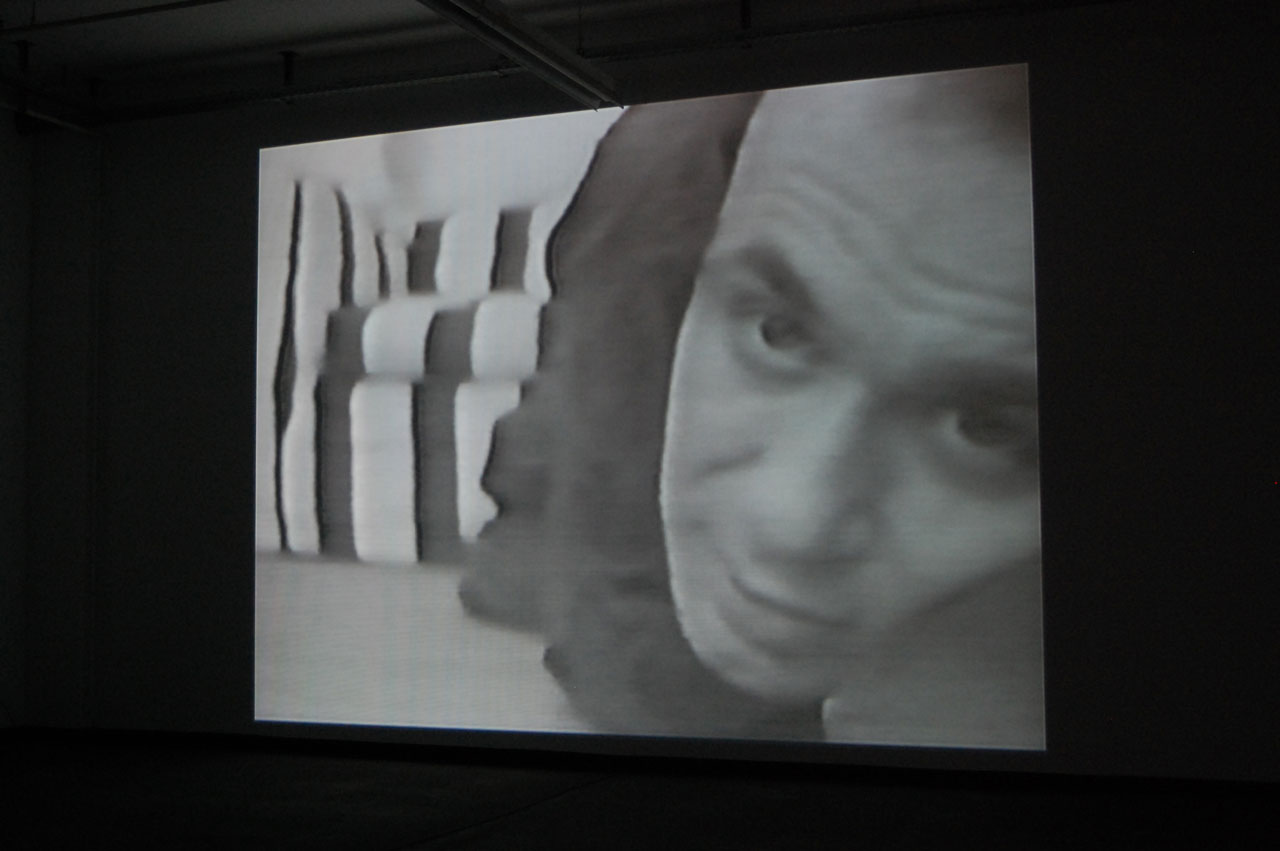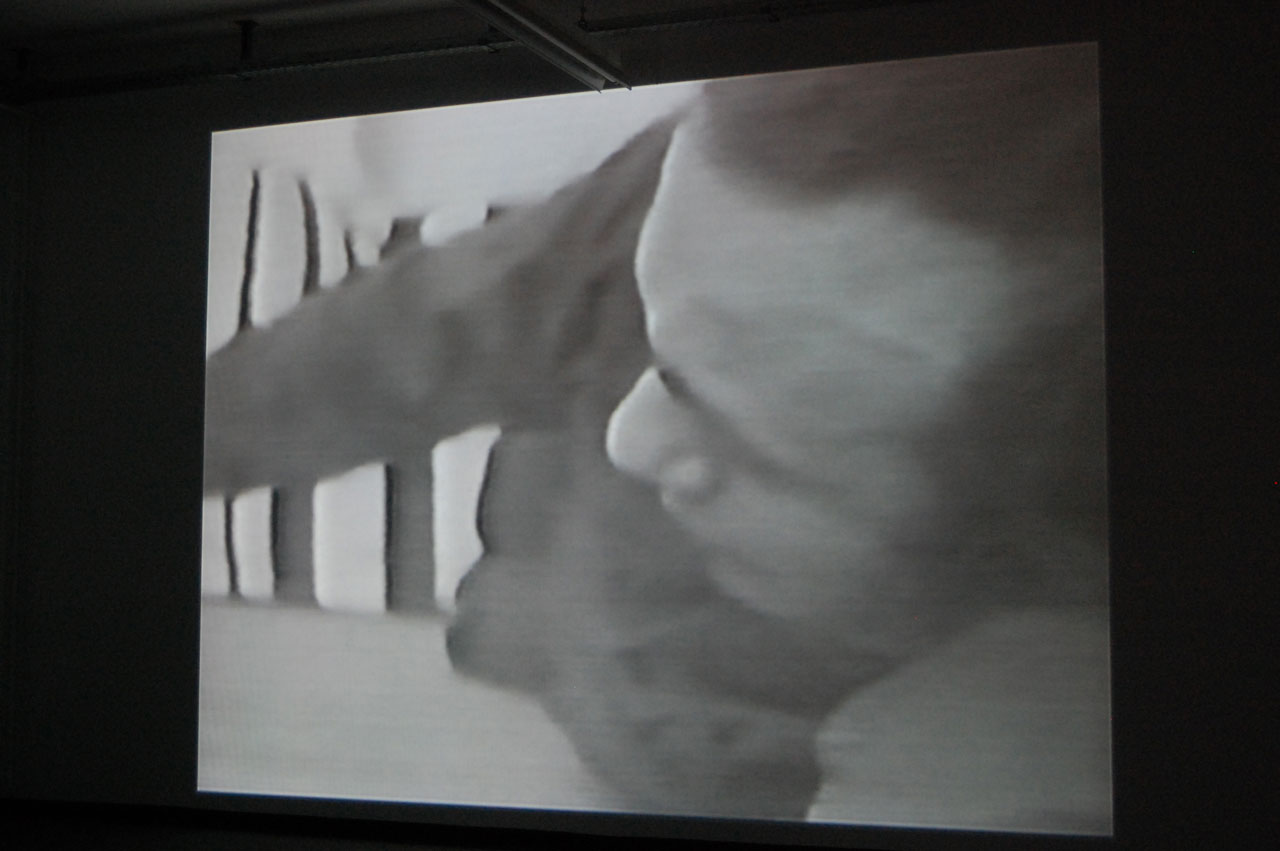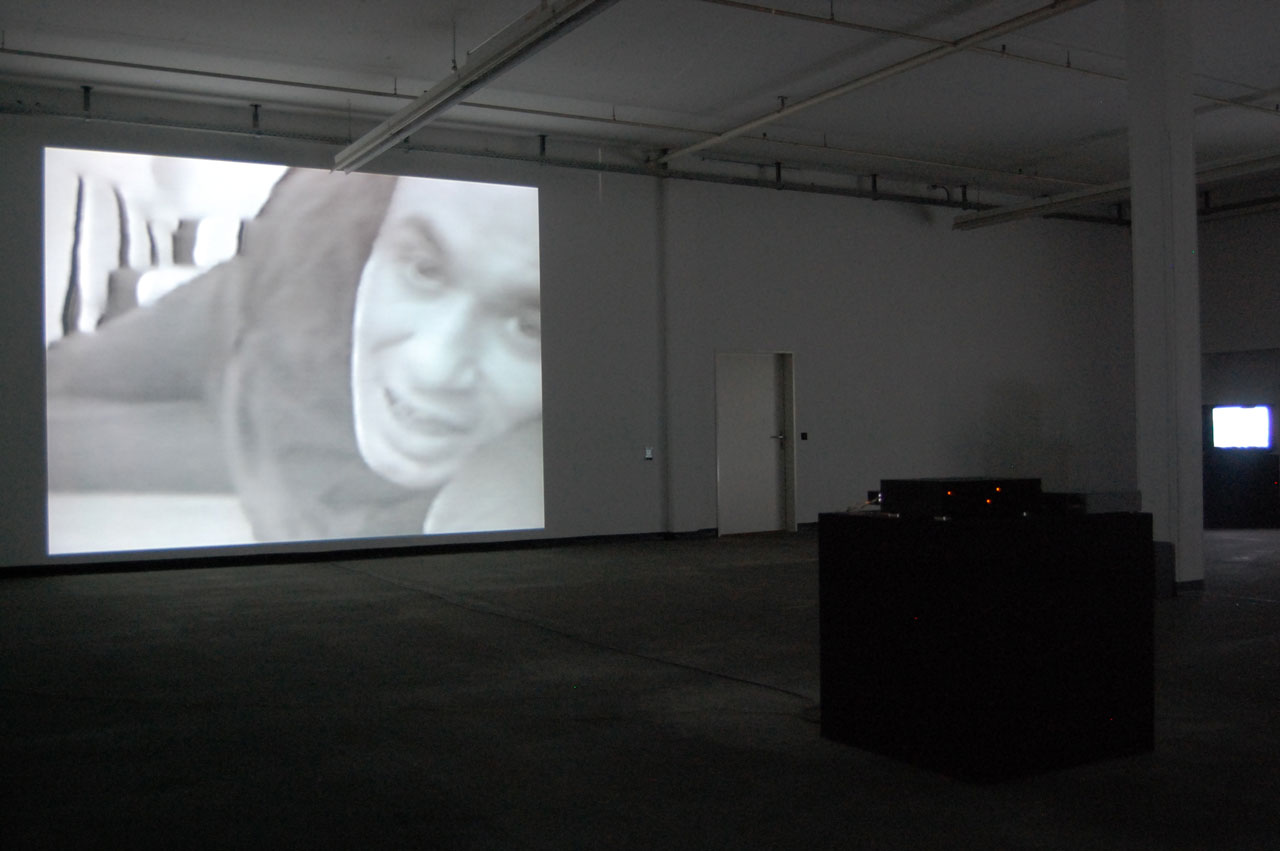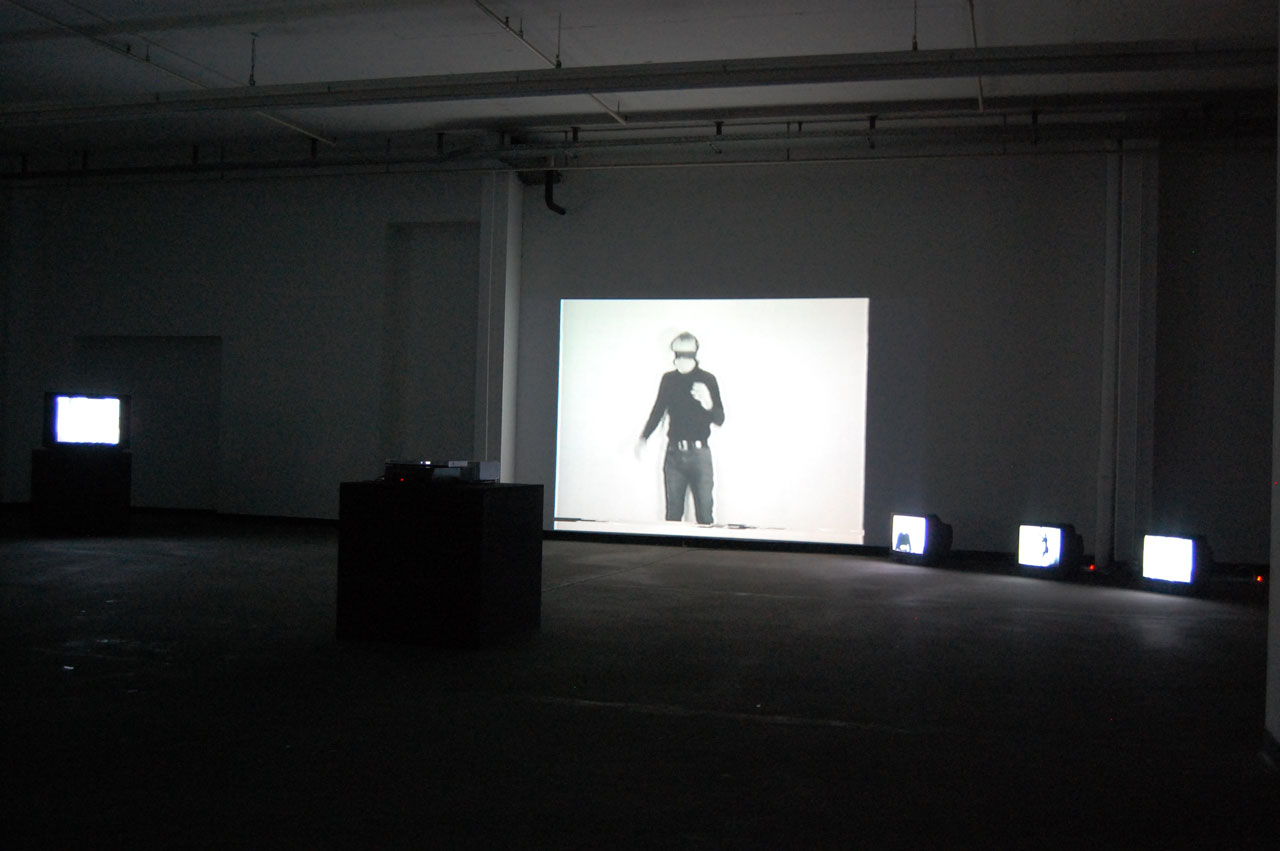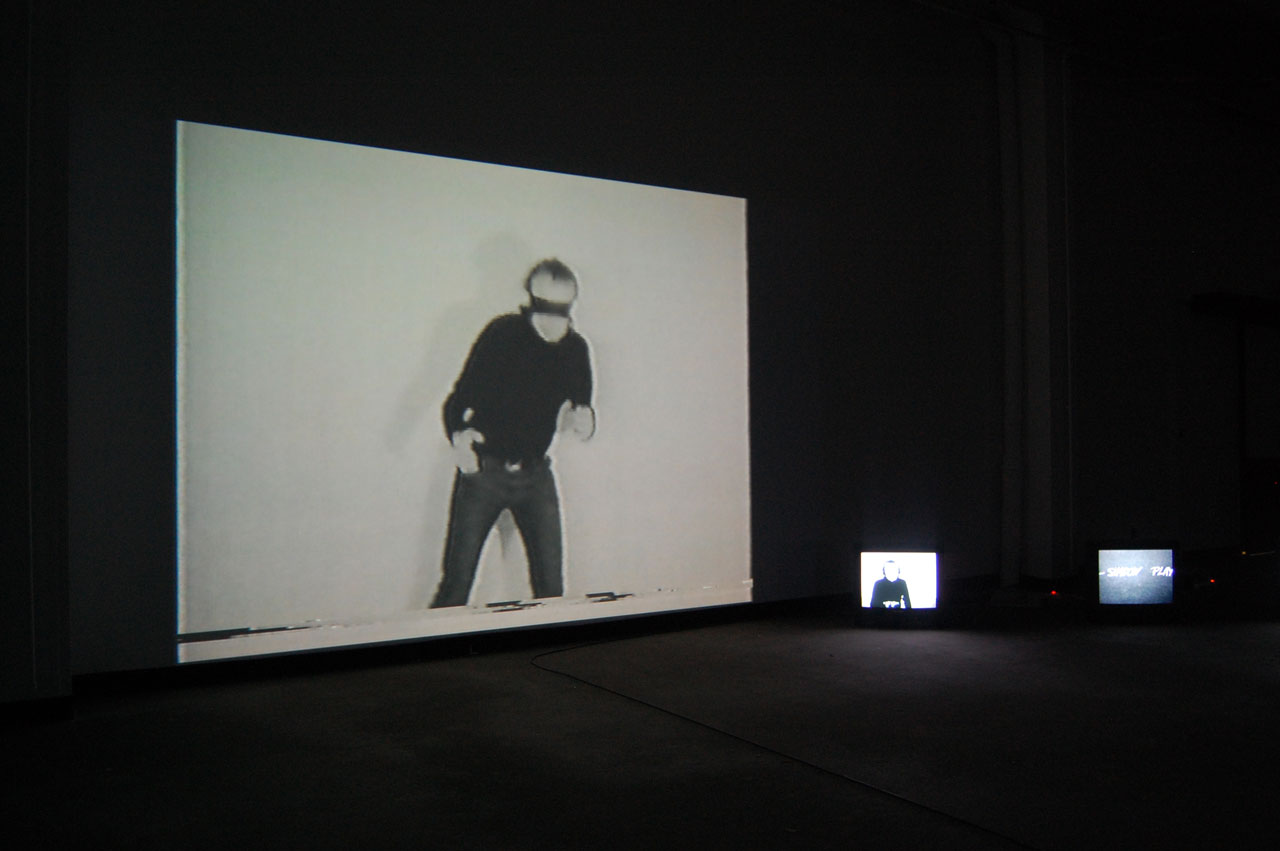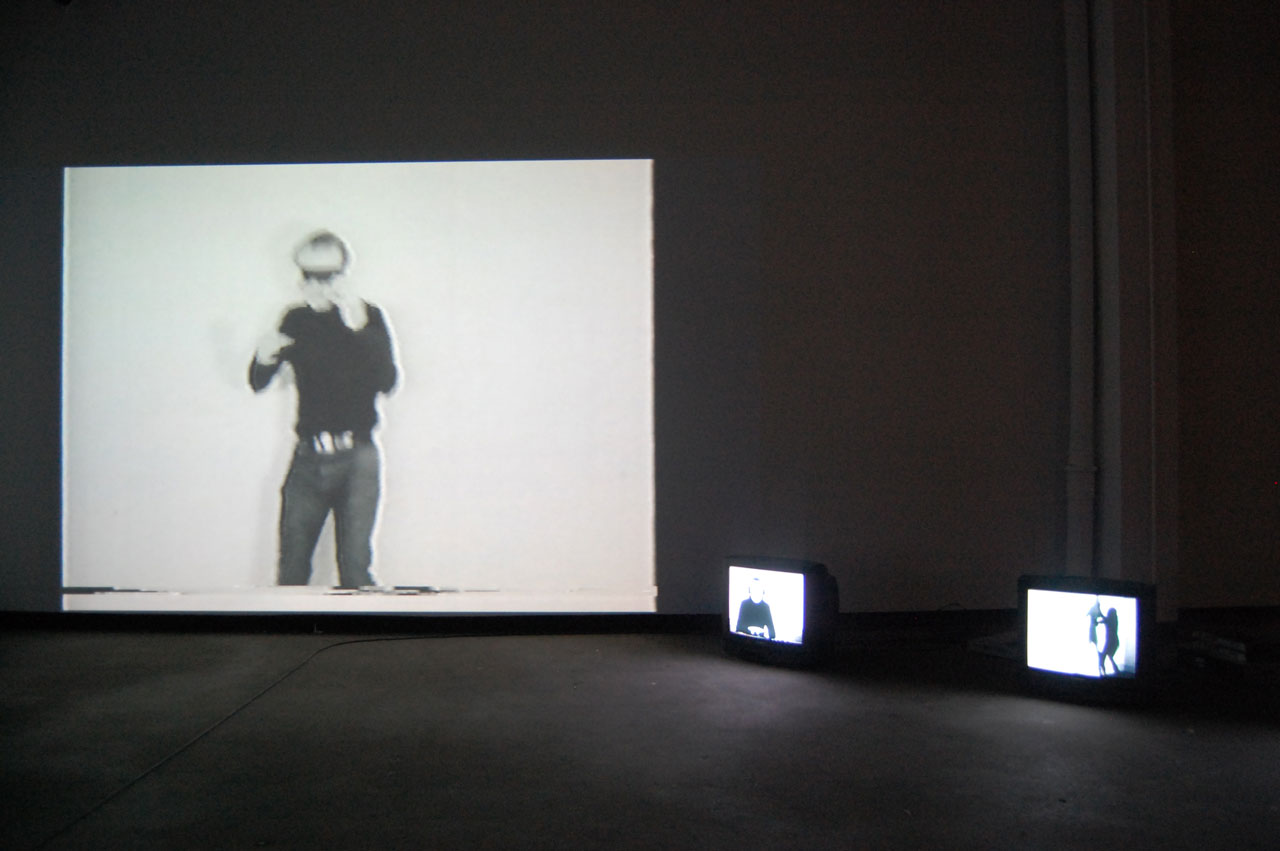SETTANTA / SEVENTIES
Vito Acconci
CACT Chiasso, 22 May – 13 June 2009
Artists have always dialogued with the space around them, almost as though driven to undertake a necessary attempt to confer on it and on themselves – in general – a different, further-reaching dimension. In space, the creative has always left the sign of his passing, of his power, as though that individual trace could be represented in the model for a society of the future, thus stratifying experiences and ultimately strengthening the concept of evolutionism.
Contemporary art, the interface with a paradoxical reality in a technological post-modern era that tends to level us all, needs to redefine the architectural spaces in which it operates, since it is through urban fabrics that man’s identity stands to be strengthened or weakened. This applies to the years of Marc Augé, of Marshall McLuhan and many, many more, who have been working in this sense ever since the fifties; to the concept of ‘art in space’ and the duality of art and architecture, in which the architectural structure of the museum was later destined to become totally subject to the requirements of artists’ spatial needs and proposals.
It was in those same years that the author of works of art started sensing the need fully to accept his social responsibility, faced with a situation in which art critics and historians were revealed to be incapable of competently outlining the changes taking place, but also the societal and epoch-making constructions under way, culminating in the advent of the new force and potentially ultimate great revolution of telematics: a revolutionary discovery, because it uses virtual languages, once again, to influence the parameters and confines of man’s identity, seriously questioning the very notion of body, of space and of time that, moreover, has become demagnetised.
[…] “La géométrie de l’espace est entièrement déterminée par son contenu matériel.” […] (Michel Cassé, Paris 1985)
The body artists veraciously theorised by Lea Vergine introduce the body directly, using it ‘as a language’, transmuting it from a carnal object to a subjective identity. So we find these authors coming to grips with the Ego and the Id, relating to the space in which they act and adopting man’s need for social, intellectual and analytical (re)definition by means of his own body. While architecture redesigns its identity, artists relate to it, implementing their own bodies, reduced and reconfigured as a consequence, for example, of the discovery of other universes, such as the feat of breaking through the atmosphere to reach the moon, of which we have satellite images.
Installed in the spaces in the CACT Chiasso, the Settanta/Seventies exhibition is dedicated entirely to one of these artists who, together with others, has left his mark on this historical phase of passage and awareness: VITO ACCONCI (USA 1940).
The exhibition presents a selection of video works, aptly dating back to the seventies, which reveal the performance-oriented slant mentioned above. Acconci tackled film technology and the architecture of closed spaces, so architectural constriction, preserving himself for posterity and recording his carnal and corporal action with the camera. He became a psychological subject almost detached from the actual exercise of culture, but that tended – at times imprisoned or desperate – to reconstruct his own awareness of identity, though before that his human awareness, through the obsessive liturgy of the gesture or the repetitive conceptualisation of an obsession that he repeated verbally.
Acconci’s actions were recorded on film, decomposed and detached from tangible reality, then restored to an audience after a time-lapse through a technological medium. Just as in the case of a whole generation of body artists, in their gestures as recorded on film, in photography or in writings, there is a pernicious communicative malaise, a paradoxical attempt to reconstruct the artist’s own psychological, corporal or sexual personality, to regain possession of those archetypes that have always belonged to man.
Mario Casanova, 2009 (translation Pete Kercher)
Cover Images
Where
MACT/CACT
Arte Contemporanea Ticino
Stabile Ex Calida, Chiasso.
Opening hours
Friday, Saturday, Sunday
5 p.m. – 7 p.m.

